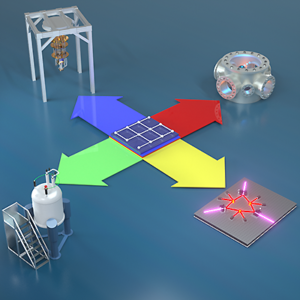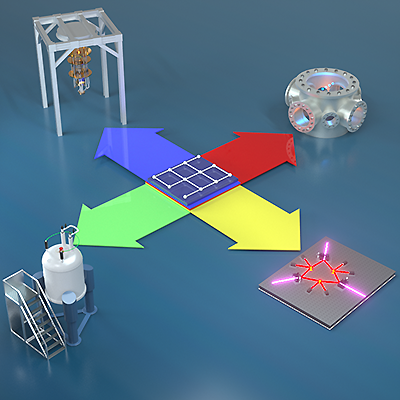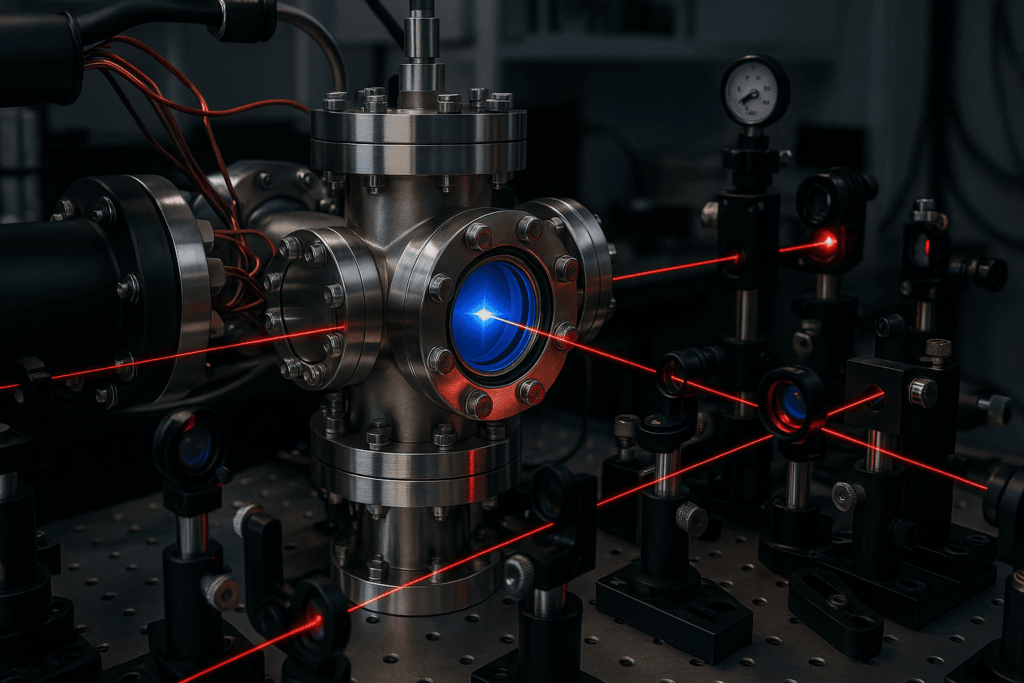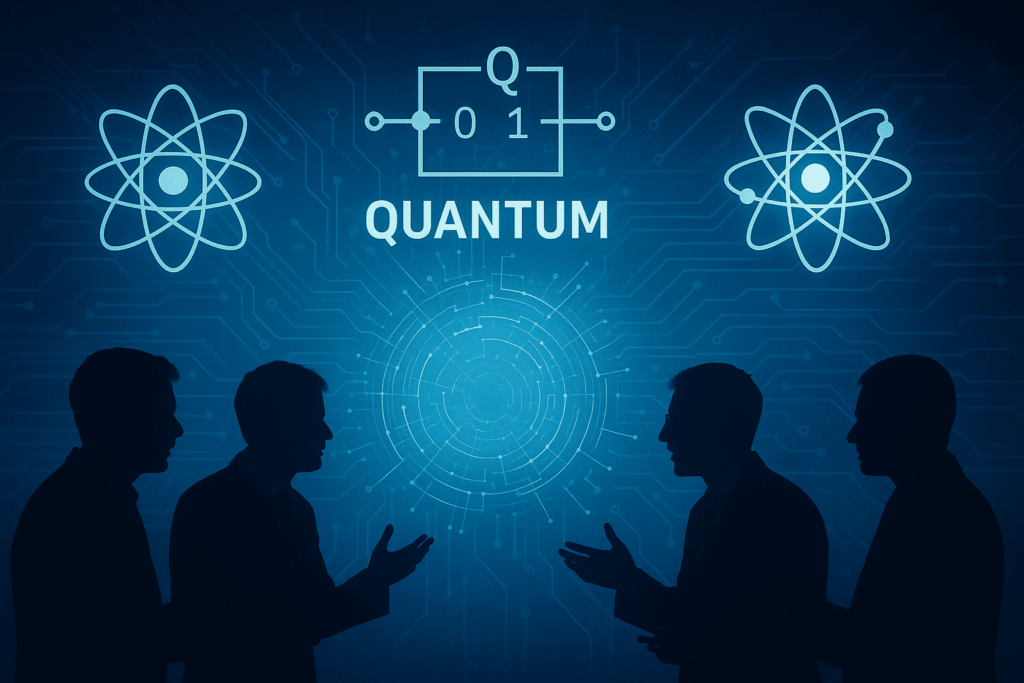
Quantum computers may be now able to employ a “call-a-friend” tactic to make sure their answers are correct.
In a study published today in Physical Review X, a team of physicists from Vienna, Innsbruck, Oxford, and Singapore designed an error-correction method that lets quantum computers check each other’s answers. While quantum computers are advancing quickly, the devices are still extremely sensitive to outside influences — like heat and cosmic rays — that make them more prone to errors that affect their computations, according to the researchers.
“In order to take full advantage of future quantum computers for critical calculations we need a way to ensure the output is correct, even if we cannot perform the calculation in question by other means,” said Chiara Greganti, a physicist at the University of Vienna.
Let the quantum computers check each other
The team implemented a cross-check procedure that allows the results of a calculation performed on one quantum computer to be verified through a related but fundamentally different calculation on another quantum computer.

“We ask different quantum computers to perform different random-looking computations,” said Martin Ringbauer, a researcher at the University of Innsbruck. “What the quantum computers don’t know is that there is a hidden connection between the computations they are doing.”
Using an alternative model of quantum computing that is built on graph structures, the team is able to generate many different computations from a common source. “While the results may appear random and the computations are different, there are certain outputs that must agree if the devices are working correctly.”
A simple and efficient technique
To demonstrate that the error-correction method requires no special requirements to work on current technology, the team implemented their method on 5 current quantum computers using four distinct hardware technologies: superconducting circuits, trapped ions, photonics, and nuclear magnetic resonance.
The researchers added that the technique could be used to check a single device against itself. Since the two computations are so different, the two results will only agree if they are also correct.
Another advantage of the approach is that the researchers do not have to look at the full result of the computation, which can be very time consuming.
“It is enough to check how often the different devices agree for the cases where they should, which can be done even for very large quantum computers”, said Tommaso Demarie from Entropica Labs in Singapore.
With more and more quantum computers becoming available, this technique may be key to making sure they are doing what is advertised
Academia and industry joining forces to make quantum computers trustworthy
The research doesn’t just demonstrate how quantum computers can work together. It also demonstrates the collaborative power between university researchers and quantum computing industry experts from multiple companies.
“This close collaboration of academia and industry is what makes this paper unique from a sociological perspective”, shares Joe Fitzsimons from Horizon Quantum Computing in Singapore. “While there’s a progressive shift with some researchers moving to companies, they keep contributing to the common effort making quantum computing reliable and useful.”
For more market insights, check out our latest quantum computing news here.
















